According to National Assembly delegate Nguyen Van Huy (Hung Yen province delegation), this regulation not only creates a transparent legal corridor for innovation activities but also opens up a mechanism to mobilize and transform knowledge into development resources. This is an important step to promote the science and technology market, improve the competitiveness of enterprises, and contribute to building a modern digital economy .
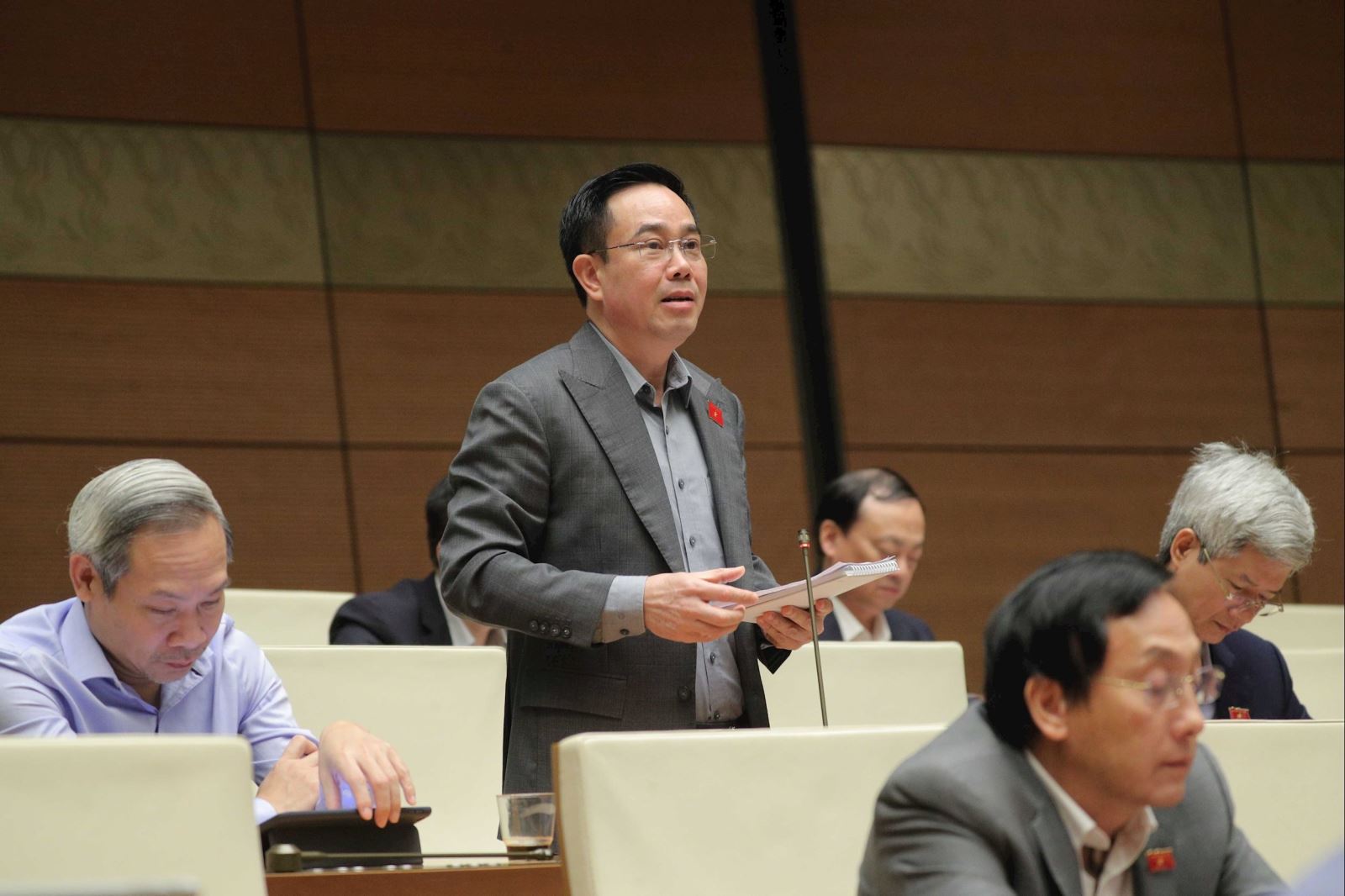
Clause 2, Article 8 of the draft Law stipulates that organizations and individuals are free to decide on the value of contributed technology. Report No. 333 of the Ministry of Science and Technology proposed to maintain this provision. Delegate Nguyen Van Huy suggested that further consideration be given, as this provision is not consistent with the principles of valuation of contributed assets in the Enterprise Law and Investment Law, and also carries many risks of technology price inflation, transfer pricing, and loss of assets, especially in projects with foreign elements.
“Not defining the valuation mechanism, responsibilities of the parties and evaluation criteria can easily lead to disputes and affect the transparency of the technology market.” Emphasizing this, delegate Nguyen Van Huy also proposed to amend the provisions in Clause 2, Article 8 in the direction that the valuation of contributed technology must be agreed upon by the parties or through an independent valuation organization to ensure objectivity, transparency and compliance with the law on intellectual property, enterprises and technology transfer. The capital contributor must fully implement the technology transfer to ensure the value and efficiency of the technology, and comply with obligations related to intellectual property rights and taxes.
Clause 3, Article 8 stipulates that technology used for capital contribution in projects with state capital must be appraised and ownership or legal right of use confirmed before capital contribution. Delegates believe that this is a key regulation on the management of technology assets in investment projects using state capital, demonstrating the spirit of strict management of public assets. "However, this regulation does not clearly define the criteria, methods, and authority for technology valuation, which can easily cause confusion in implementation and will prolong the progress of projects," the delegate noted.
To increase transparency and avoid loss of public assets, and at the same time enhance the responsibility of the subjects participating in price appraisal, delegate Nguyen Van Huy proposed to clearly stipulate the time of price appraisal, whether it is before approving the project or before signing the capital contribution contract; the basis for appraisal is based on market price, cost price or expected economic value; legal responsibility of the appraisal agency, organization or individual if they determine the wrong value or confirm the wrong ownership.
“In cases where technology is not yet protected or is in dispute over ownership, it must be clearly stated that it cannot be regulated for use, cannot be contributed to capital, and cannot be used to contribute capital until legal rights are established,” delegate Nguyen Van Huy emphasized.

Also related to the right to transfer technology and contribute capital in technology, National Assembly member Duong Khac Mai (National Assembly delegation of Lam Dong province) agreed to clarify the rights of owners and those with the right to use technology as well as expand the form of capital contribution in technology. However, the draft Law does not fully distinguish between protected technology, between ownership rights and technology that is not subject to protection such as technical know-how and business know-how.
Noting that "if not clarified, it will be difficult to handle and disputes will arise regarding the origin and rights of the subject", delegate Duong Khac Mai proposed adding a provision in the direction that: for technology that is not protected by intellectual property rights, the transferring party must have documents proving the origin and legal ownership (such as: decision to assign tasks, research contracts, acceptance records, research documents). At the same time, the draft Law needs to clearly stipulate the mechanism for cases of co-ownership of technology, ensuring that the transfer is only carried out with the consent of all co-owners, avoiding disputes later.
Source: https://baotintuc.vn/thoi-su/luat-chuyen-giao-cong-nghe-chuyen-hoatri-thuc-thanh-nguon-luc-phat-trien-20251121170527118.htm








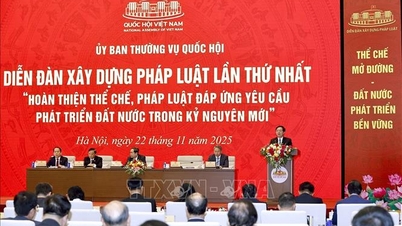


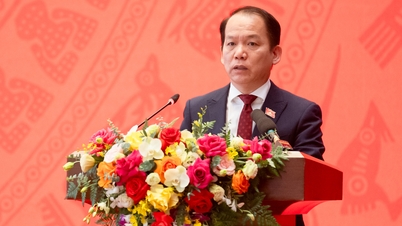

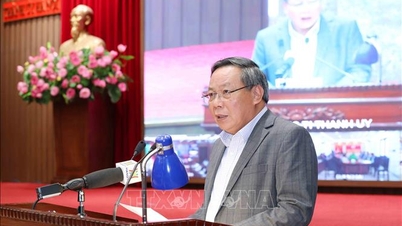


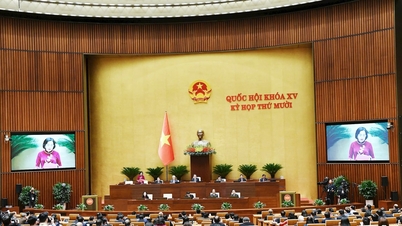











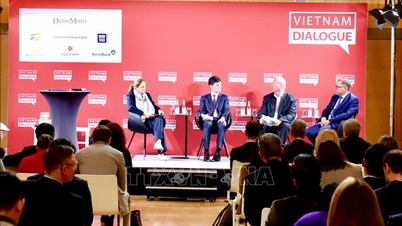

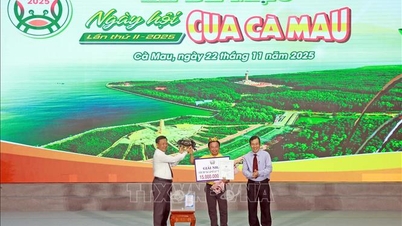
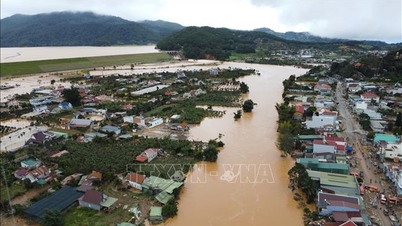

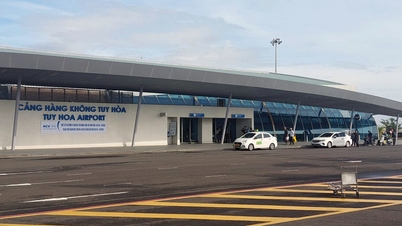







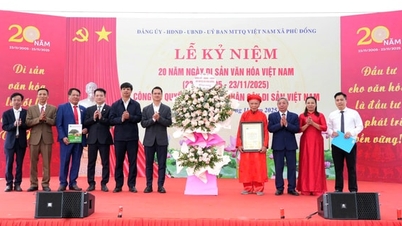





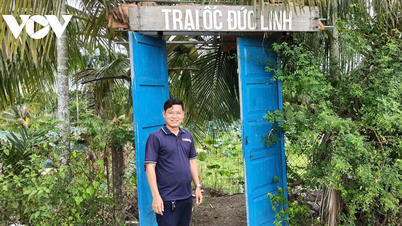

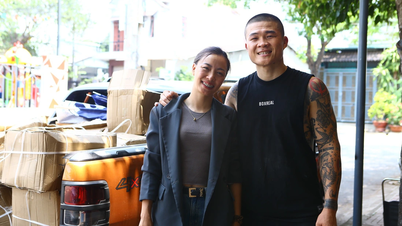

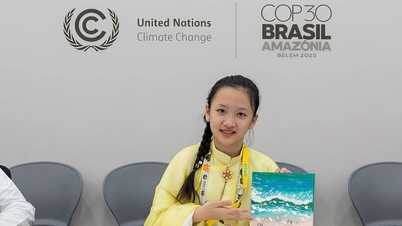



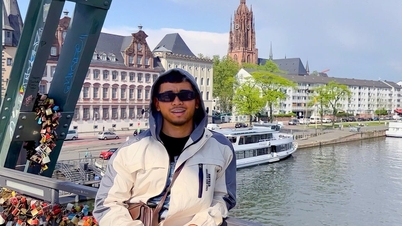
















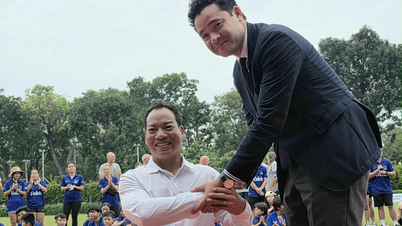





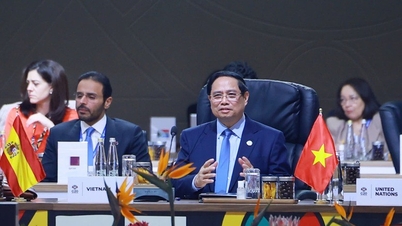








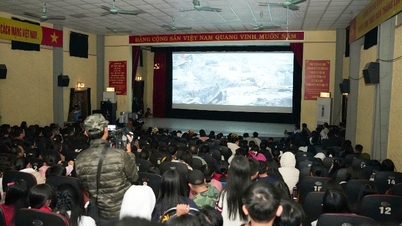

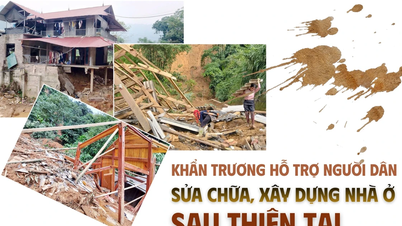




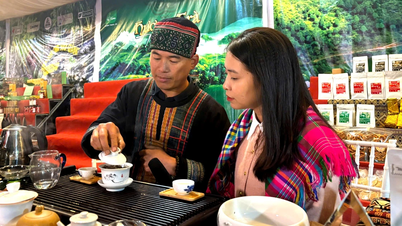















Comment (0)